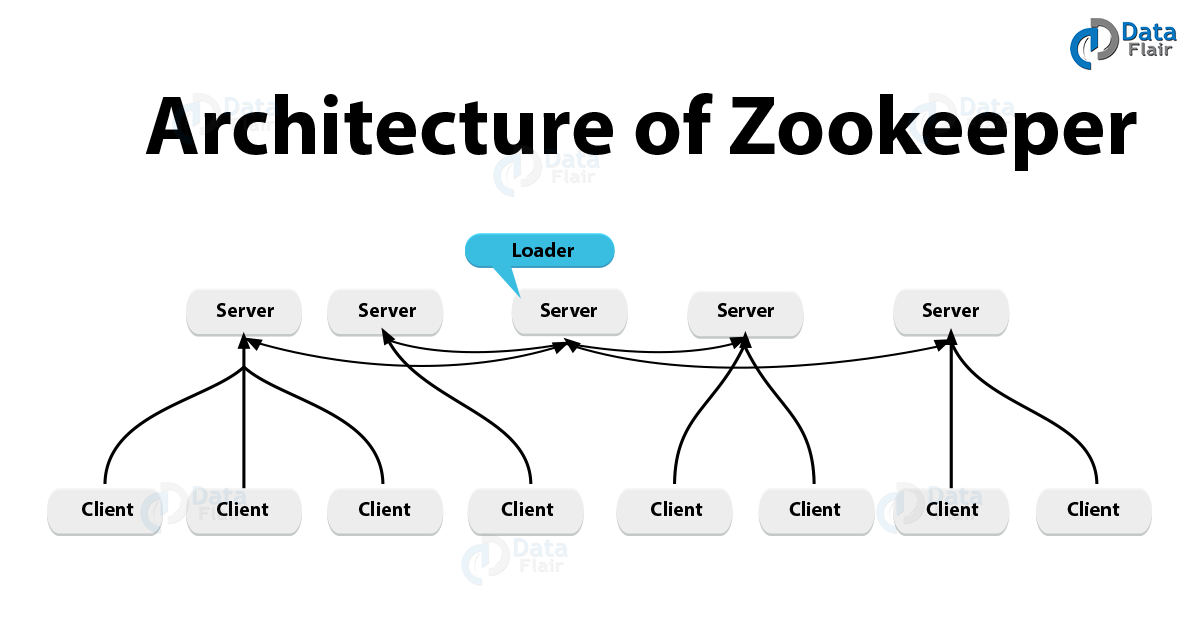

- Zookeeper autopurge interval update#
- Zookeeper autopurge interval upgrade#
- Zookeeper autopurge interval download#
Zookeeper autopurge interval upgrade#
Now cd back up to where you have your helm chart checked out and run helm upgrade with the new zookeeper values passed in cd.
Zookeeper autopurge interval download#
Then use curl to download a more recent version of the zookeeper yaml Navigate to where you have the chart and cd into the templates folder dremio-cloud-tools (master) ✗ cd charts/dremio_v2/templates
Zookeeper autopurge interval update#
It is possible just to update just the YAML for Zookeeper. still the size of zookeeper data directory is 6G. However, as many people have forked the helm chart, updating to the latest helm chart may be time-consuming. But no change was occurred even when purgeInterval got many times expired, i.e. Apache Zookeeper is a centralized service for maintaining configuration. Image : docker.io/library/zookeeper:3.8.0 For those who cannot easily upgrade the helm chart The purge interval is specified in number of requests (not in time) of the fetch. Using the pod API, it is possible to manage the lifecycle of these pods as well as investigate failures of the. A deployed instance of the DC/OS Confluent ZooKeeper service is made up of a set of running pods.
Kubectl get pod -n default zk-0 -o yaml | grep image dcos confluent-zookeeper -nameconfluent-zookeeper force-complete
Type: int Default: 0 Importance: high Monitoring ZooKeeper servers should be monitored to ensure they are functioning properly and proactively identify issues. Set to a positive integer (1 and above) to enable the auto purging. Then run the following, changing my-release to match the release name of your releaseĪfter the upgrade has taken you should see the newer version of zookeeper on your pods New in 3.4.0: The time interval in hours for which the purge task has to be triggered. The time interval in hours for which the purge task has to be triggered. # The Zook eeper image used in the cluster. Then update the values.yaml file under the zookeeper tag to look like the following: # Zook eeper To fix this, the easiest approach is to upgrade the helm chart from the source by running the following command where you checked the source out: git pull origin master usr/bin/start-zookeeperĮcho "autopurge.purgeInteval=$PURGE_INTERVAL" > $CONFIG_FILEĪs you can see, Interval is misspelled as Inteval, and therefore, the configuration file is never correctly set. purgeInterval: The time interval in hours for which the purge task has to be triggered. Which you can see here or by running the following command with docker installed dremio_v2 (master) ✗ docker run -it /kubernetes-zookeeper:1.0-3.4.10 grep purge\.purge. ZooKeeper is a centralized service for maintaining configuration. The docker version of zookeeper we were using had a typo for the purge interval, disabling purge permanently. kubectl get pod -n default zk-0 -o yaml | grep image Details Applies ToĪll versions of the helm chart that are still using the older /kubernetes-zookeeper zookeeper image, which you can find out by running the following on your deployment (change -n to match the namespace where you have deployed dremio). The disk will fill up on zookeeper pods as the logs and snapshots never purge.


 0 kommentar(er)
0 kommentar(er)
